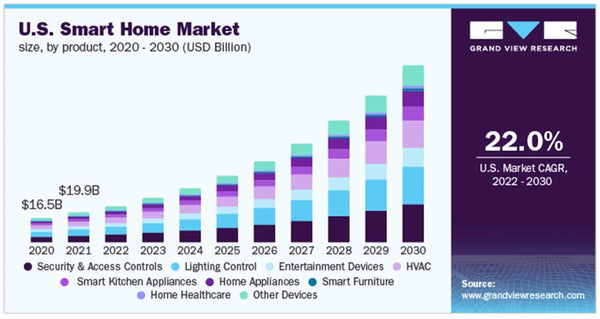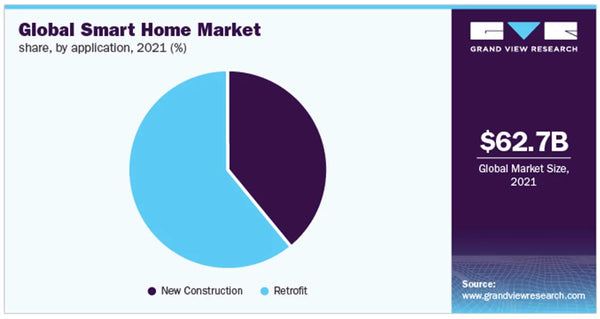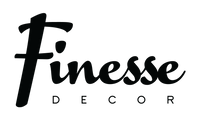As the world of modern lighting increasingly embraces new technology and design styles, it's important for store owners, buyers, and executives to stay on top of what's hot in the industry. The 2023 trends in lighting are varied but they do have some commonalities—elegance and complex design, increased functionality, and a focus on enhancing our spaces through innovative approaches that break old conventions. From traditional recessed can lights with Bluetooth capability to unique linear pendants boasting multiple color temperatures or timed dimmers, these advances are sure to provide an array of options that will captivate any buyer! It's up to you as a savvy business professional to find out which opportunities fit your needs, and more importantly, and your customers’ needs best.
Lighting technology has come a long way in the last few years. From LED lighting to the new Matter standard or the more traditional Amazon Alexa-compatible products, lighting innovation is changing rapidly and will continue to do so over the next few years.
LED (Light Emitting Diode) lighting is one of the most significant advancements in lighting technology in recent years. LED bulbs are known for their energy efficiency, longevity, and affordability - all of which have led to them becoming increasingly popular in homes and businesses across the globe. As LED technology continues to advance, it's likely that more sophisticated forms of this type of lighting will become available by 2023. This could potentially open new opportunities for unique product development within the industry.
Home automation is here to stay, the two most viable technologies for lighting at this moment in time are Matter and Alexa. The global smart home market size was estimated at USD 62.69 billion in 2021 and is expected to expand at a compound annual growth rate (CAGR) of 27.04% from 2022 to 2030. Smart home products are present in security cameras, smart lights, streaming devices, dishwashers, and more.*


Matter is a type of wireless networked lighting standard developed by Philips Lighting. It uses Zigbee-based wireless protocols to enable light fixtures, sensors, switches, and other devices to communicate with each other, allowing users greater control over their lighting systems while still maintaining energy efficiency. With Matter technology continuing to develop over the coming years, it's likely that more applications for this technology will be explored in 2023 - perhaps even opening up possibilities for new forms of product development altogether.
Amazon's voice assistant Alexa remains the most used artificial assistant and has revolutionized home automation over the past few years - allowing users unprecedented levels of control over their connected devices from the comfort of their own homes. As Alexa continues to expand its capabilities with compatible devices such as lights, thermostats, and more, product developers may find themselves needing to come up with new ways to capitalize on these advances in order to remain competitive in 2023.
The future looks bright when it comes to lighting innovation. By 2023 we can expect LED lighting solutions that are even more energy efficient than they are currently; Matter Technology that has opened up new opportunities for home automation; and an ever-expanding list of Alexa compatible products that allow users maximum control over their environment. For product designers looking ahead at what lies beyond 2021, it’s important they stay abreast of all developments within this sphere if they want their products stand out from competitors’ offerings!
*Source: Grand View Research












